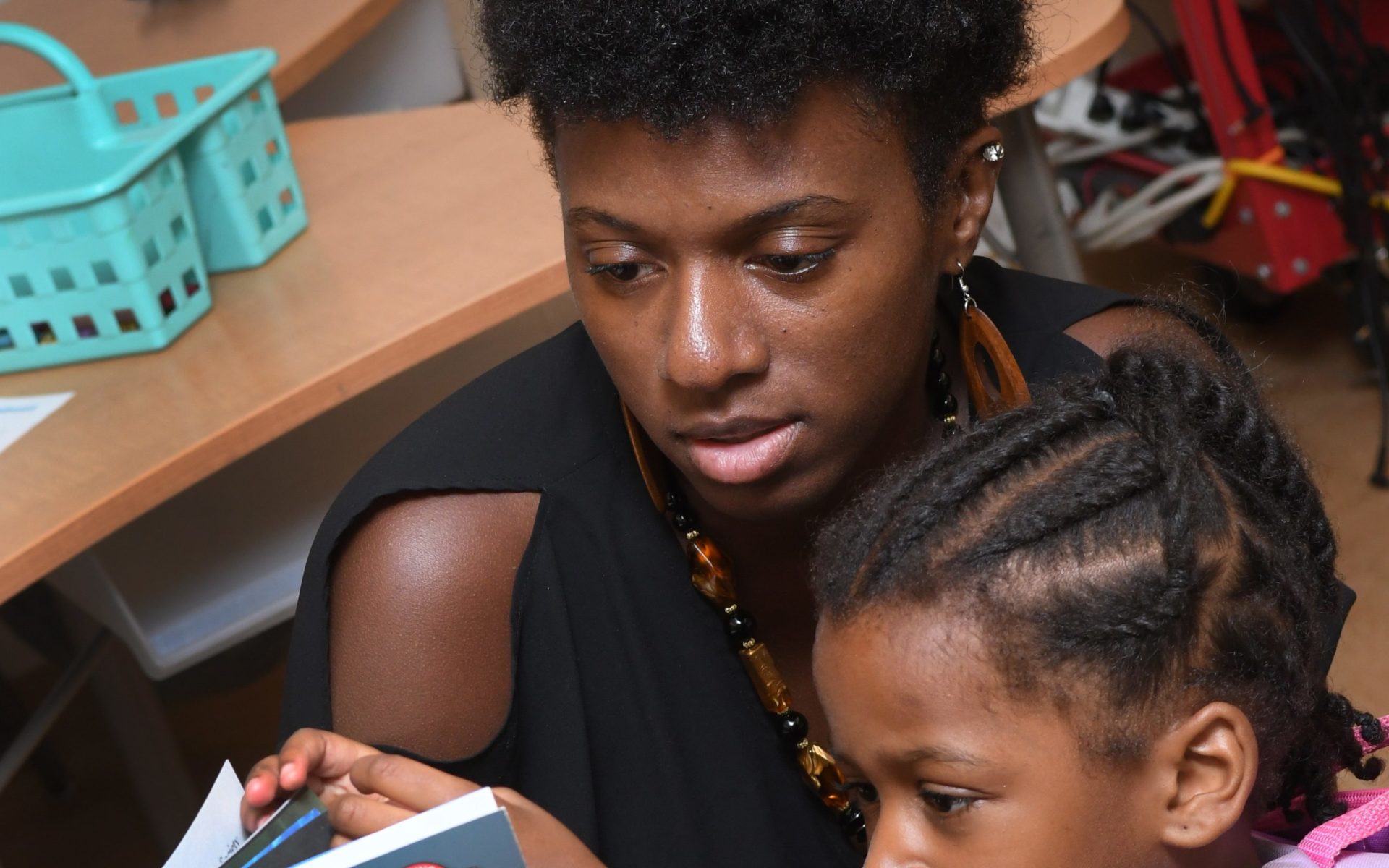Booktalks and Engaging Readers is a monthly series that is mostly dedicated to children’s books. In addition to sharing quality literature with teachers and families, this series will share resources for what works — and what doesn’t — for encouraging and engaging readers, and building habits for everyone involved (child, teacher, and adult at home). For previous posts, explore the Booktalks and Engaging Readers tag.
Can you name a book that you have read or read to a child more than 10 times? Can you think of a book that you excitedly brought home one day only to find out, one month later, that you’ve learned to despise after reading it every single night? Although it may bore or aggravate you, the act of rereading books to children has huge and long-lasting benefits to their reading abilities and literary future. In this post, I’m going to talk about five different benefits your child can experience from re-reading.
Word Recognition and Vocabulary
The more a child is exposed to a word, the more likely they will learn the word upon seeing it the next time they come across it in a text. This will add to their internal word library and enable them to grow as a reader. Repeated exposure to words and phrases also enables children to develop a deep understanding of their meaning, especially with the support of an adult. It shouldn’t be surprising if shortly your child is able to point and name some of the words that were at first unknown or too challenging for them.
Rhythm and Anticipation
Many early reader books have rhythms, rhymes, or another clear way of showing how language works and sounds. Hearing simple sentence structures is a great model for children to begin to understand narratives, poems, nonfiction, and more. This can also support them as writers and authors of their own stories. In books with stories that build up to a problem, children can begin to anticipate an event or adventure as they begin to recognize this story element and structure.
Fluency
Fluency is defined as the ability to recognize words easily; to read with greater speed, accuracy, and expression; and to better understand what is read. Rereading allows a child to listen to fluent reading, which can provide a direct path to practice smooth reading when it’s their turn to read. The ability to read smoothly supports not only the reading in that moment but also the motivation to move on to fluent reading with other books.
Comprehension
Understanding the book you are reading is unlocking the essence and joy of reading! When a child hears a story repeatedly, they are more likely to pick up on the many elements, complicated plot lines, and character development happening. Each time they hear or read a story, children are able to develop a deeper understanding of these varying components. This will allow them to be ready for these twists and turns as reading complexity grows down the road.
Confidence and Bonding
When closing the book at the end of the night or at your bus stop, walking away from that text with a confidence of knowing words, understanding what was happening, and the ever-lasting joy from the experience of reading is priceless. Don’t underestimate the act of sitting and reading together – no matter how mundane it may begin to feel for you. Rereading your child’s favorite books has more benefits than that precious smile beaming across their face!
What book have you practically memorized after reading it so many times (either to your child or enjoying it yourself)?
What have you noticed after you reread something a second time? What have you noticed from your child after rereading books? Do you have more conversations about it? Do you connect life events to the story more often?


